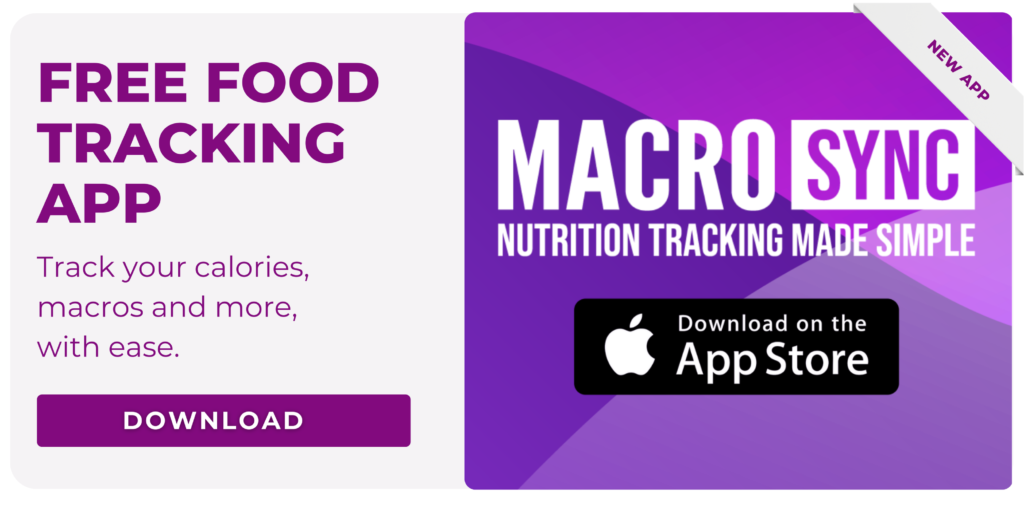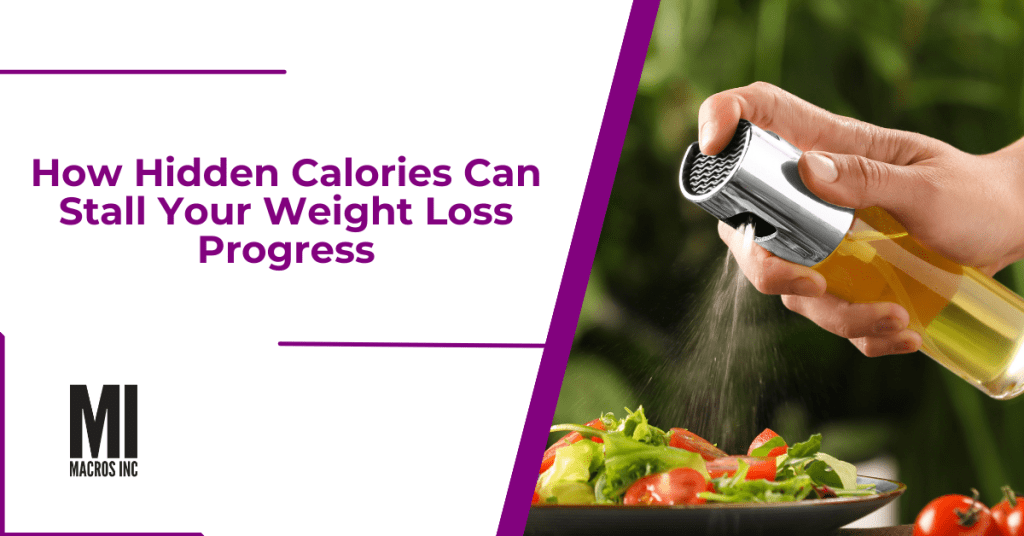Hidden calories can often derail our efforts to maintain a healthy diet, especially when we overlook seemingly insignificant sources of calories. In this blog post, we’ll delve into the world of hidden calories, uncovering common culprits, and providing practical tips to eliminate them from your diet.
Jump to a Topic
Understanding Hidden Calories
Hidden calories refer to those calories present in food items that may not be immediately apparent. They can hinder weight management goals and lead to unwanted weight gain, even when we believe we’re making healthy choices. It’s essential to be vigilant about hidden calories by reading nutrition labels and understanding serving sizes.
Recognising Hidden Calories
Sometimes, we dismiss certain food items, considering them insignificant, when in reality, they can contribute a significant number of calories. For instance, let’s consider the case of the office candy jar. Throughout the day, grabbing a few mints may seem harmless, but three peppermints can add up to 80 calories per day or 560 calories per week, equivalent to a Big Mac. It’s crucial to recognize that these seemingly small choices can undermine our overall efforts.
How Hidden Calories Can Stall Your Weight Loss Progress
Hidden calories can significantly impact your weight loss progress in several ways. Understanding these effects can help you overcome the challenges and make more informed choices on your weight loss journey.
Inaccurate Tracking
Hidden calories are not always obvious and can be challenging to track accurately. For example, the condiments and sauces you add to your meals may seem insignificant, but they can contribute a substantial number of calories. This miscalculation can lead to underestimating your daily calorie intake, resulting in a lack of progress or even weight gain.

Disrupted Energy Balance
Weight loss relies on maintaining a calorie deficit, where you consume fewer calories than you burn. Hidden calories can disrupt this balance by adding extra calories to your diet without your knowledge. It’s like taking one step forward and two steps back. Despite your efforts to reduce calories, the hidden ones can sabotage your progress and make it harder to achieve or sustain a calorie deficit.
Reduced Nutrient Density
Hidden calories are often found in foods with low nutrient density, such as sugary beverages or processed snacks. Consuming these calorie-dense but nutrient-poor foods can leave you feeling unsatisfied and more likely to overeat. When your body is not getting the necessary nutrients it needs, it may crave more food, making it harder to stick to your weight loss goals.
Impacted Portion Control
Hidden calories can be present in small serving sizes, leading to overconsumption without realizing it. For instance, mindlessly snacking on handfuls of chips or using generous amounts of calorie-laden sauces can quickly add up. These hidden calories can throw off your portion control and lead to consuming more calories than you intended.
Common Hidden Calorie Culprits
- Sweetened Beverages: Sugary drinks like soda and flavored juices can contain a surprising amount of calories. For instance, a regular soda can add up to over 150 calories per serving. Consider healthier alternatives such as infused water, unsweetened tea, or naturally flavored sparkling water.
- Salad Toppings: While salads are generally considered healthy, it’s important to be mindful of high-calorie toppings like croutons, creamy dressings, and bacon bits. Opt for lighter options such as homemade vinaigrettes, fresh herbs, or grilled chicken as toppings.
- Condiments and Sauces: Condiments like mayonnaise, ketchup, and barbecue sauce can be calorie-dense. Be cautious of the amount you use and consider healthier alternatives like mustard, Greek yogurt-based sauces, or homemade dressings.
- Snack Foods: Packaged snacks like chips, granola bars, and flavored yogurt often contain hidden calories. Check the nutrition labels and opt for whole foods as snacks, such as fresh fruits, raw nuts, or homemade trail mix.
- Coffee Shop Drinks: While a simple cup of black coffee may be low in calories, specialty coffee drinks like flavored lattes, mochas, and frappuccinos can pack a significant caloric punch. These drinks often contain added syrups, whipped cream, and sugary toppings. Opt for simpler options like plain coffee with a splash of milk or try a healthier alternative like unsweetened almond milk or a dash of cinnamon for flavor.
- Processed Meats: Certain processed meats like sausages, hot dogs, and deli meats can contain hidden calories and unhealthy additives. They may be high in sodium, unhealthy fats, and hidden sugars. Choose lean, unprocessed meats or explore plant-based protein alternatives like tofu, tempeh, or legumes.
- Store-Bought Smoothies: Pre-packaged smoothies from grocery stores or smoothie chains can be deceivingly high in calories, especially when they contain added sugars or high-fat ingredients like coconut milk or full-fat yogurt. Opt for homemade smoothies using fresh fruits, vegetables, and unsweetened plant-based milk or yogurt for a healthier and lower-calorie option.
The Hidden Calories in Cooking Sprays
One source of hidden calories that most of us use daily, if not multiple times a day, is cooking sprays or mists. While they are labeled as having 0 calories, the first ingredient listed is oil or butter. This means that using them is essentially equivalent to using the base ingredient in its regular form.
To quantify the amount of cooking spray we use, we can employ a simple method:
- Remove the lid of your spray can/bottle and place the bottle on the scale.
- Zero/tare the scale.
- Spray the desired amount onto the food.
- Place the can back on the scale.
At this point, if you’ve used enough, you’ll likely read a negative number on the scale. That negative number represents the grams of fat you sprayed. By weighing the cooking spray, you can accurately account for its hidden calories in your daily intake.
Conclusion
Hidden calories in food can hinder our efforts to maintain a healthy lifestyle. By identifying and eliminating these sneaky culprits, we can make better choices for our overall well-being. Remember to read nutrition labels, be mindful of portion sizes, and opt for whole, unprocessed foods.
By making these small adjustments, you can stay on track with your health and weight management goals. Don’t overlook the impact of hidden calories; they add up over time and can make a significant difference in your journey towards a healthier you.
Try our nutrition coaching, for free!
Be the next success story. Over 30,000 have trusted Macros Inc to transform their health.
Simply fill out the form below to start your 14-day risk-free journey. Let's achieve your goals together!


